Under the canopy of mangrove forests and the intricate river system leading to large rivers and estuaries are countless "mines" of shrimp and fish that nature has blessed Ca Mau with. When the natural shrimp source is less, people switch to raising white-leg shrimp and tiger shrimp to create a rich source of raw materials, diverse in types to process shrimp for export abroad, bringing in billions of USD in foreign currency each year.

Tourists experience crab harvesting with farmers in Ca Mau.
Not only is it the kingdom of bivalve mollusks and shrimp and fish, under the canopy of the mangrove forest of Ca Mau there is also an animal with "8 legs and 2 claws" living in rivers, swamps, under the canopy of mangrove forests, mangrove forests that people call sea crab - a product that adapts to many types of food such as: small fish, snails, shrimp, don, dan, ba khia, shrimp and other mollusks, but crab meat is processed into many dishes from rustic to high-class, delicious, nutritious, high in protein, loved by many people.
There is a very special thing that no one has been able to explain until now. In Vietnam, there are also sea areas, mangrove forests, and sea crabs like Ca Mau, but the commercial value of crab meat and crab roe is nowhere better than Ca Mau crab, similar to the characteristics of Rach Goc crab.

Ca Mau crab is processed into the famous crab sticky rice dish.
Ms. Nguyen Thu Dung - Deputy Head of the Department of Quality, Processing and Market Development (Department of Agriculture and Environment) of Ca Mau province said that in the period of 2021 - 2025, the crab industry in Ca Mau has maintained an important role in the structure of the aquatic economy . The stable crab farming area is more than 250,000 hectares, mainly intercropped in shrimp ponds, combined with mangrove forests, with an average output of more than 25,200 tons/year. However, production is still small-scale and scattered, and many concentrated farming areas that meet VietGAP or GlobalGAP standards have not been formed.
Crab processing facilities in the province have recently focused mainly on processing and exporting live crabs and fresh whole crabs (washing, sorting, packaging, and transporting them in foam boxes with oxygen). Some businesses have experimented with deep processing such as: peeled crabs, steamed crabs, crab cakes, and vacuum-packed products, but the output is still very limited compared to the total output of the province.
According to Ms. Dung, Ca Mau crabs are currently heavily dependent on China (accounting for about 70-80% of total export output). This causes prices to fluctuate strongly according to the demand and import policies of this market. In addition to China, some other markets (ASEAN, Korea, Japan) have been initially approached, but the turnover and output are still very small.
The domestic market only consumes strongly in Ho Chi Minh City, Hanoi and other big cities. Popular products are live crabs, fresh crabs packaged for restaurants and gifts. What is special is that the commercial crab raw material area has been protected by intellectual property rights with the collective trademark certificate "Cua Nam Can - Ca Mau" and the geographical indication "Cua Ca Mau". These certificates not only create an important legal basis for quality management, control, and anti-counterfeiting, but also help affirm the brand and the unique economic and cultural value of Ca Mau.
“Currently, the local government has issued a plan to develop the crab industry until 2030, which focuses on developing along the value chain, improving quality and added value. Support policies are implemented quite diversely, including: supporting trade promotion, promoting brands, promoting links between farmers - cooperatives - enterprises and encouraging investment in deep processing,” Ms. Dung informed.

There needs to be a solution to help Ca Mau protect its distinctive crab brand, like other distinctive products on the trading floor or the quality from the farm.
Regarding the above issue, at the press conference to inform about the 2nd Ca Mau crab festival - 2025 with the theme "Ca Mau crab: Forest scent - Sea taste" taking place from November 16 to 22. Mr. Le Van Su - Vice Chairman of the People's Committee of Ca Mau province said that the construction and use of brands and trademarks of famous products has made many people worried.
According to Mr. Su, the locality currently has a collective trademark for Nam Can crab and a geographical indication for Ca Mau crab, however, the regulations on management and use of trademarks have problems that cannot solve the problem of trademark abuse. This is an important issue that will determine the development of the crab industry in the future, because if the situation of trademark abuse is not stopped, no matter how well the province does, it will not achieve the expected results.
"I hope that if a regulation is issued requiring Ca Mau crabs to carry a brand name, then other places will not be able to take advantage of the brand name," he emphasized.
I think it is time for the Ministry of Agriculture and Environment, especially the Vietnam Association of Seafood Exporters and Producers (VASEP), to have a solution to help Ca Mau protect its crab brand, like other typical products on the trading floor or the quality from the farm, to avoid the situation of taking advantage of the brand to sell poor quality crabs or crabs from other farming areas, making consumers not know which is Ca Mau crab. Because when Ca Mau crab becomes an official brand recognized by the world for export abroad, then Ca Mau crab will become a national brand.
Vietnamese History
Source: https://doanhnghiepvn.vn/kinh-te/tran-tro-chuyen-bao-ve-thuong-hieu-cho-dac-san-8-chan-vung-bien-ngap-man/20251112030147531


![[Photo] Highways passing through Dong Nai](https://vphoto.vietnam.vn/thumb/1200x675/vietnam/resource/IMAGE/2025/11/12/1762940149627_ndo_br_1-resize-5756-jpg.webp)


![[Photo] Prime Minister Pham Minh Chinh attends a conference to review one year of deploying forces to participate in protecting security and order at the grassroots level.](https://vphoto.vietnam.vn/thumb/1200x675/vietnam/resource/IMAGE/2025/11/12/1762957553775_dsc-2379-jpg.webp)


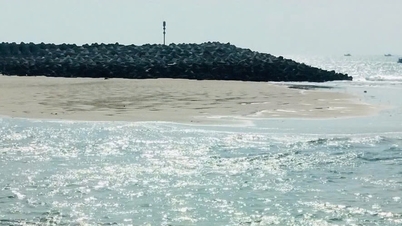





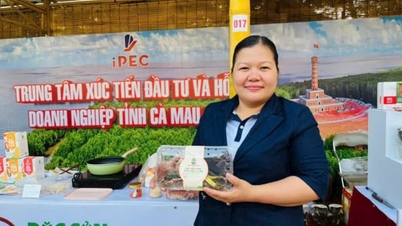



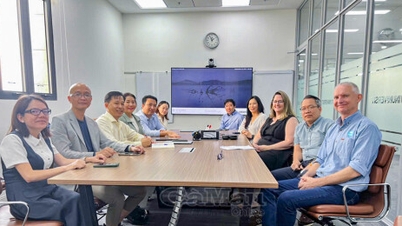

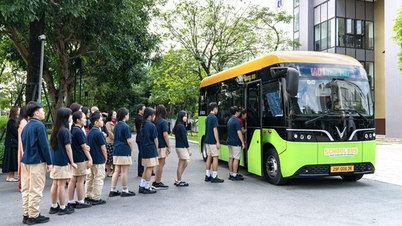
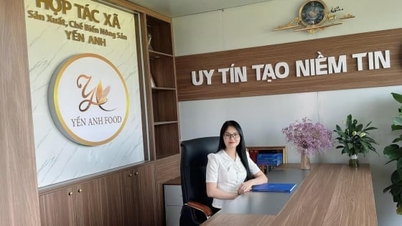


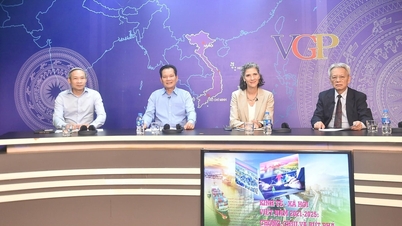








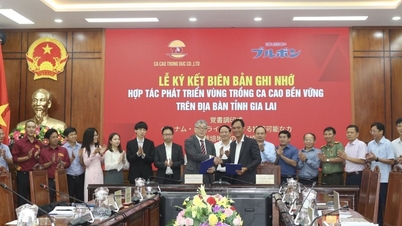

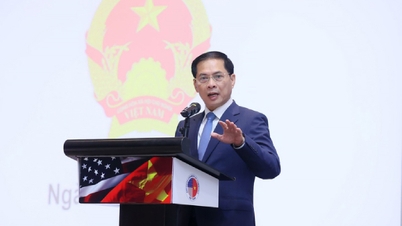









































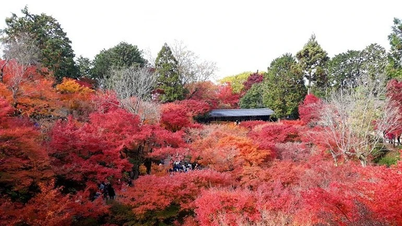









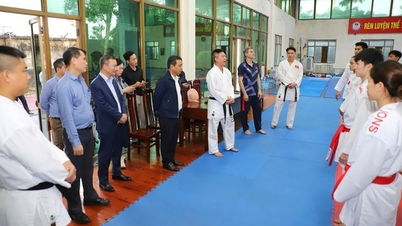

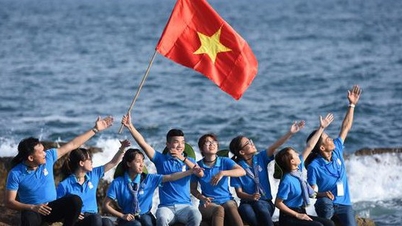





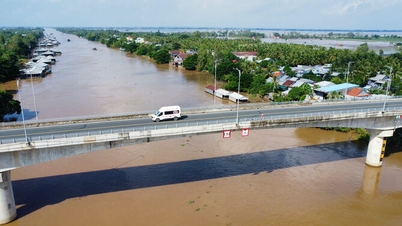

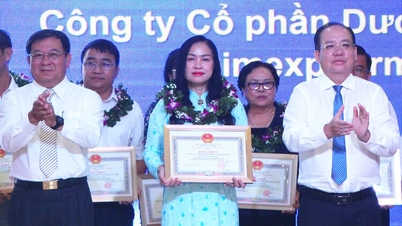
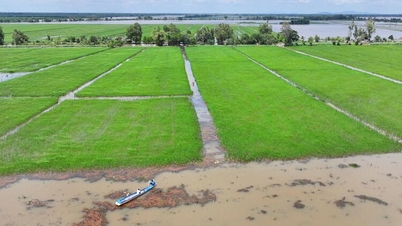





![Dong Nai OCOP transition: [Article 3] Linking tourism with OCOP product consumption](https://vphoto.vietnam.vn/thumb/402x226/vietnam/resource/IMAGE/2025/11/10/1762739199309_1324-2740-7_n-162543_981.jpeg)





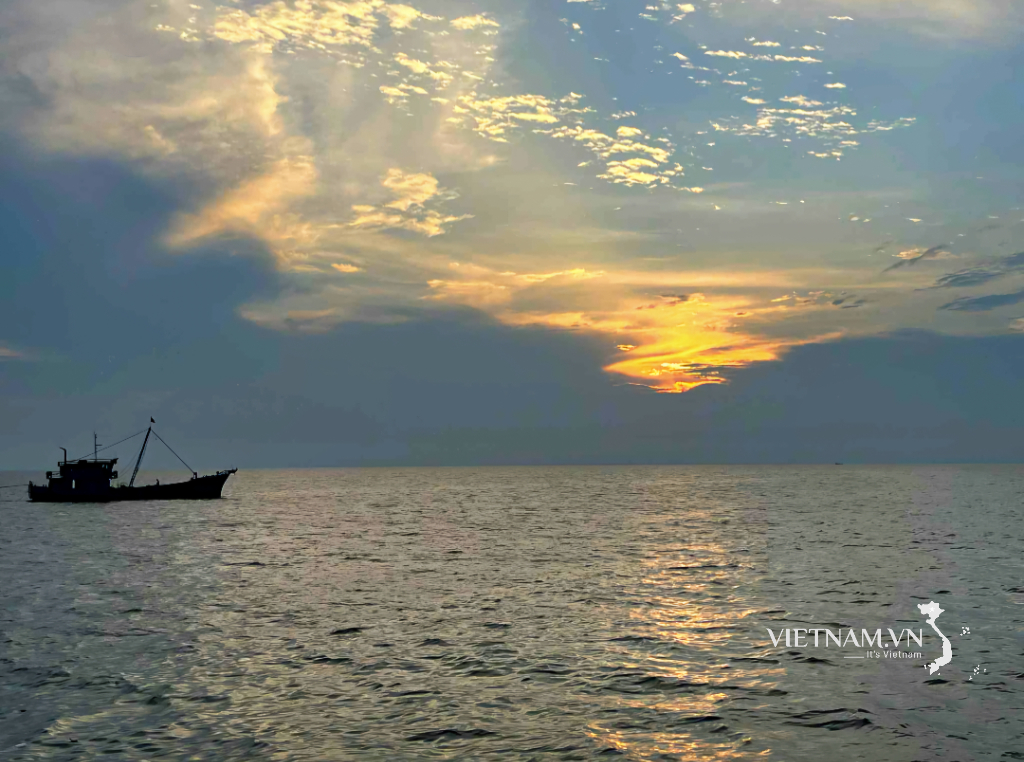

Comment (0)